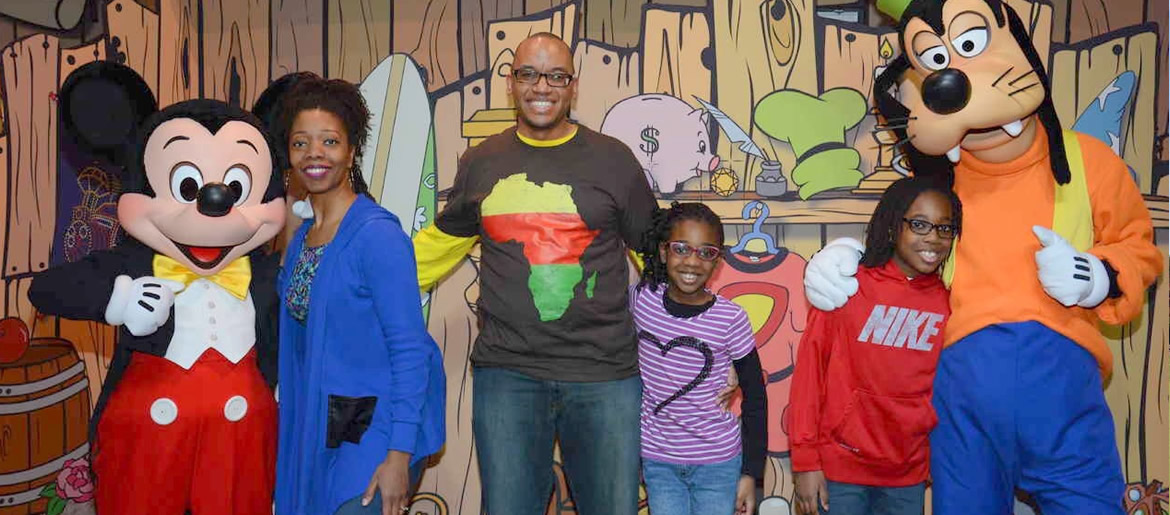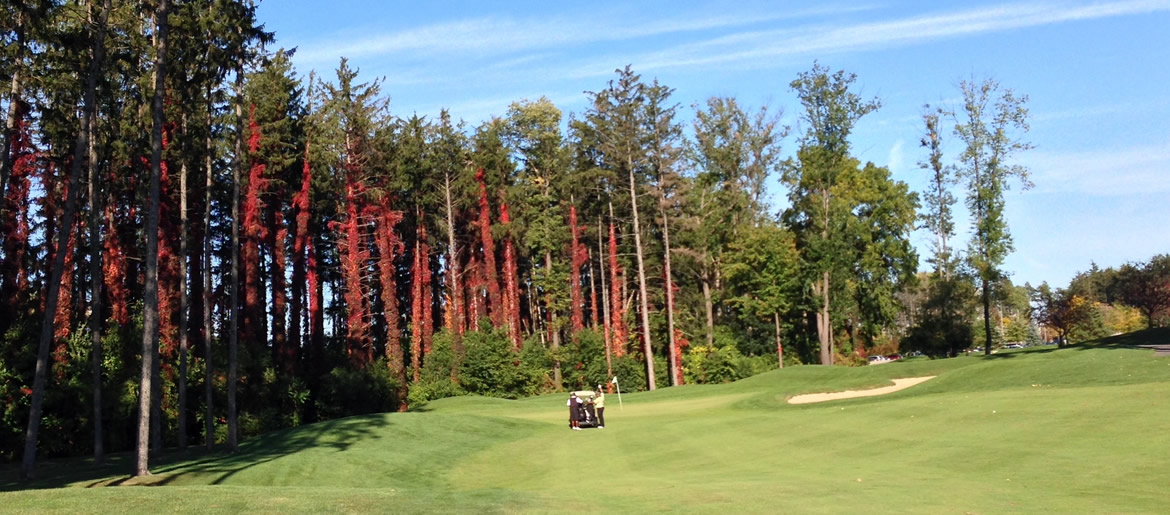December 16, 2015 marked the start of the next chapter of my life. On that day, I was diagnosed with Acute Myeloid Leukemia. I was shocked, surprised, scared, but most of…
It’s been a while since I provided an update. As the saying goes… no news is good news. Things have been going very well with my eyes. I just got…
A few days after my sutures were removed I was feeling a lot better. I was able to play a round of golf that Saturday and had a very busy…
My story began when I was in elementary school. I was diagnosed as being nearsighted and started wearing glasses in the third or fourth grade. I tried soft contact lenses…





